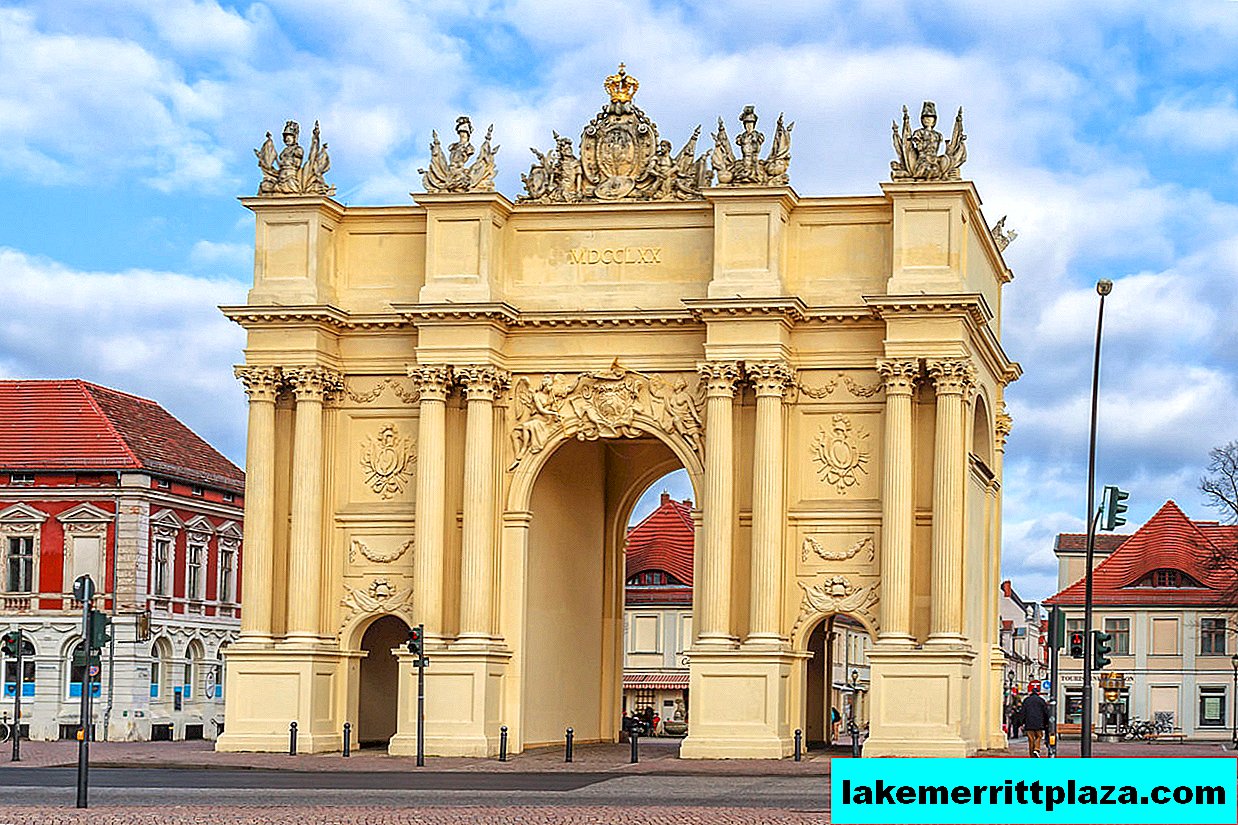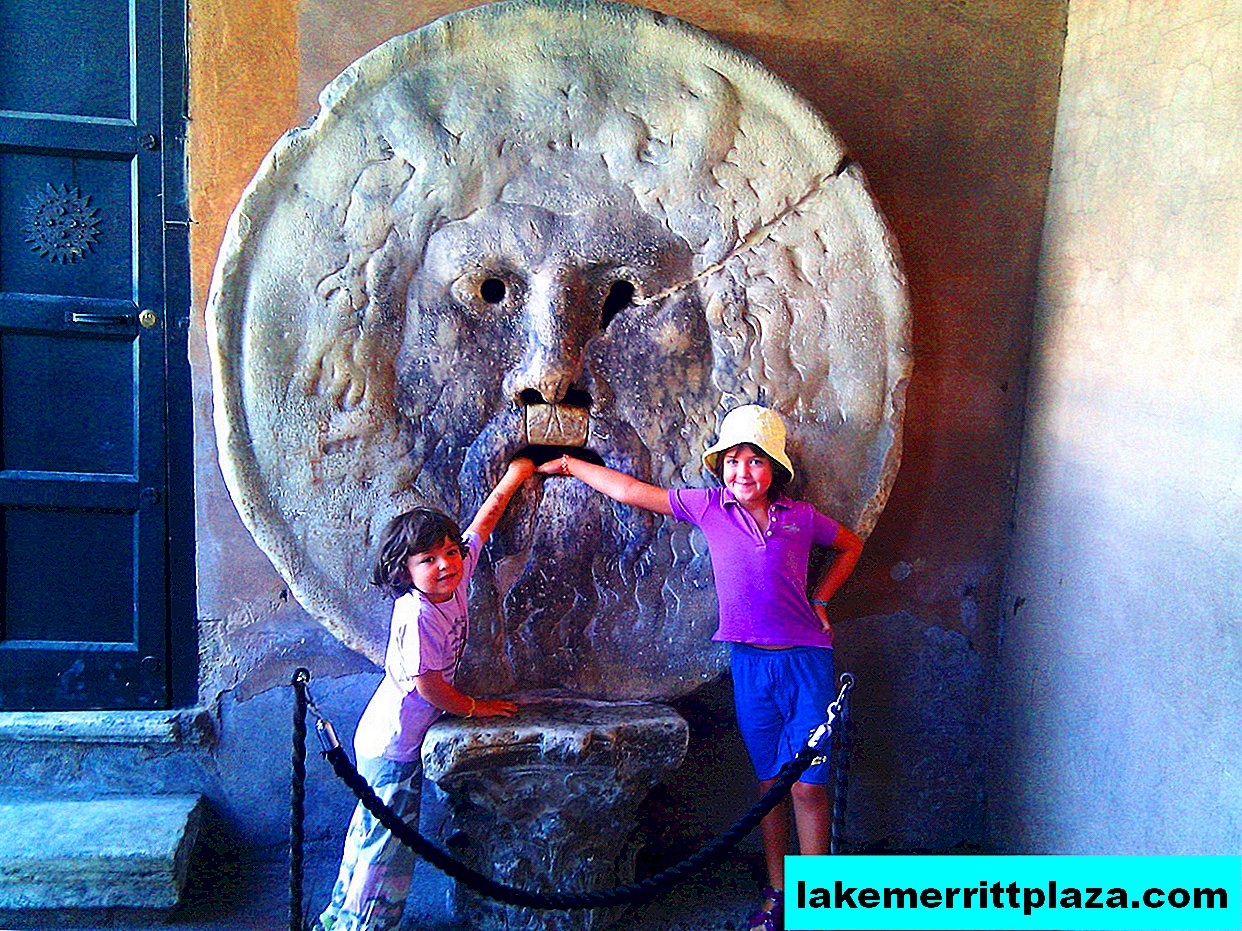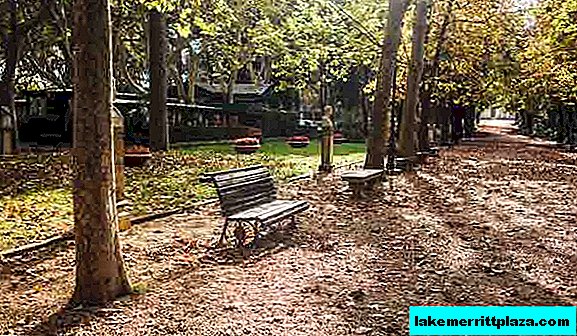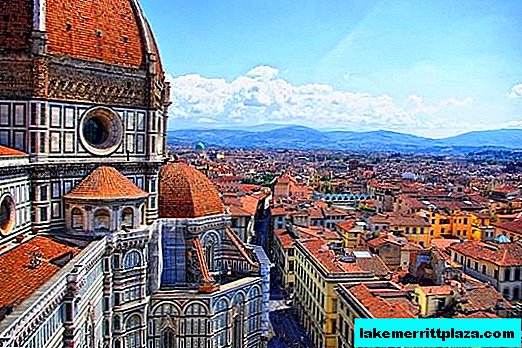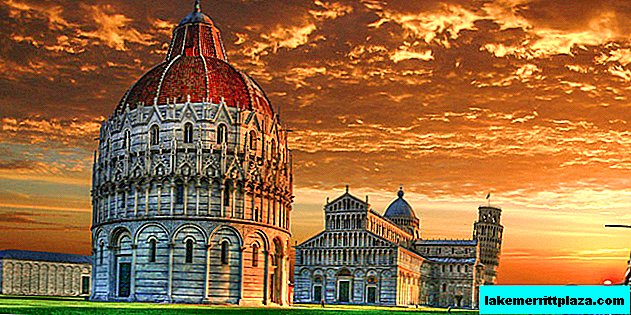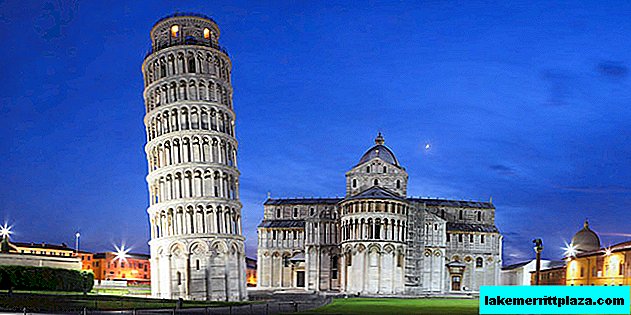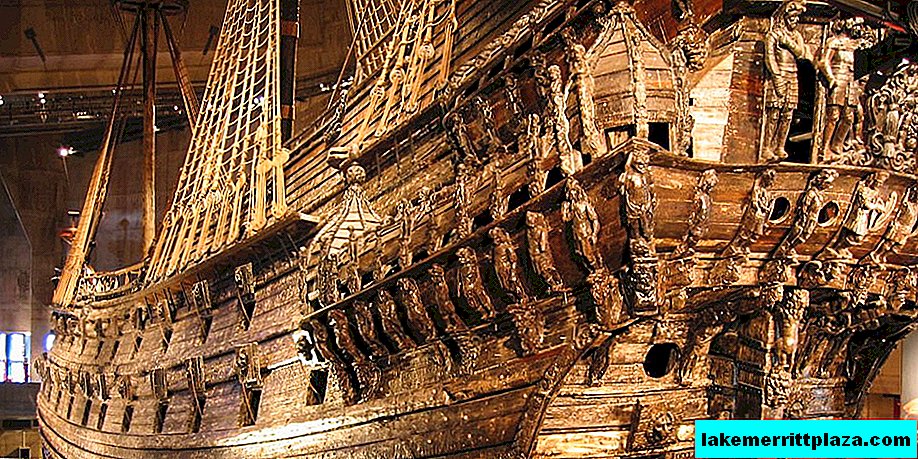On November 1, Italy celebrates a national holiday - All Saints Day (Tutti I Santi). Many Italians will go to church that day, and even more will go to cemeteries, where their close and dear people are buried, to pray there, put a candle and bring fresh flowers.
As a rule, Italian cemeteries are all very, very similar to each other. They are located on the outskirts of cities and villages. It is noteworthy that these territories do not belong to the church, but to local authorities. Before the arrival of Napoleon, people in Italy were buried according to different traditions and customs, but Bonaparte introduced uniform rules, which were enshrined in a decree of 1804, according to which it was forbidden to bring bodies to the earth within the city limits.
Today, Italian cemeteries have a common structure: rows of graves with marble slabs, in the center of which are placed photographs of the deceased, which practically "one-on-one" reflects the traditions of the ancient Etruscans and early Christians. Nevertheless, many Italians often turned and turn to the masters with a request to erect a marvelous sculpture in honor of the deceased loved one, or to build a special tomb for him, so Italian cemeteries are sometimes so surprising in their beauty, even reminiscent of an open-air museum. By the way, they are considered to be such, they are called Cimiteri Monumentali (Monumental Cemeteries) and they are included in tourist avenues marked "Must-Visit".
We have selected ten of the most beautiful and impressive monumental cemeteries in Italy.
Monumental Cemetery Staglieno, Genoa

The monumental cemetery of Staglieno in Genoa (Cimitero monumentale di Staglieno, Genova) is one of the most famous and popular burial places among tourists. This cemetery is famous for its amazing sculptures scattered over its vast territory, which is more than 1 square kilometer, which makes it one of the largest in Europe. The project to create this place was approved by the local authorities in 1835, and the chief architect of the city, Carlo Barabino, began its implementation. But he was not destined to finish what he took up: in the same year, the master died from the terrible epidemic of plague that attacked the city.
- Useful article: sights of Genoa
Therefore, the construction of the city cemetery in 1844 was undertaken by a student of Barabin, Giovanni Battista Resasco. January 2, 1851 the work was completed. By that time, Genoa had become a significant cultural center of the country, the most talented minds and representatives of the highest nobility gathered there. Pursuing the goal of leaving behind some kind of legacy, they created a culture of funerary art, making sculptures that their followers would erect on their graves.
At the monumental cemetery of Staglieno, you will find the grave of the wife of Oscar Wilde, Constance Lloyd, Ferruccio Parri, Giuseppe Mazzini and many others.
The monumental cemetery of Milan
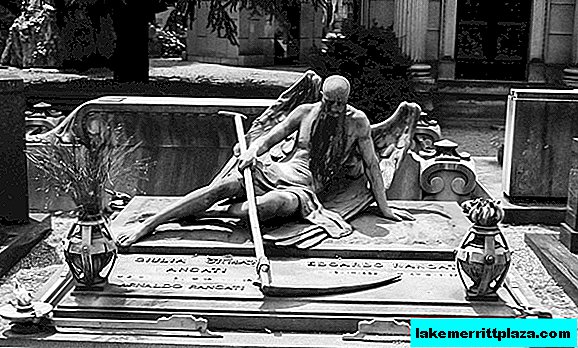
This cemetery is one of the two largest in the city. The second notable burial place is Cimitero Maggiore. The monumental cemetery of Milan (Cimitero Monumentale di Milano) was built by the architect Carlo Machiachini, who wanted to make it an extension to the Cimitero Maggiore.
Many of the sculptures found here were created in memory of such famous Italians as Arturo Martini (Arturo Martini), Lucio Fontana (Lucio Fontana), Medardo Rosso (Medardo Rosso) and many others.
Directly at the main entrance, there is an impressive massive building made of marble and stone, in which there are tombs of honorary citizens, including the writer Alessandro Manzoni.

The cemetery itself is divided into several sectors: for Christians and for those deceased who during their lifetime were adherents of other religions. It is worth noting that the famous musicians Corelli, Verdi and Toscanini were buried in this Milan necropolis.
The monumental cemetery of Certosa in Ferrara
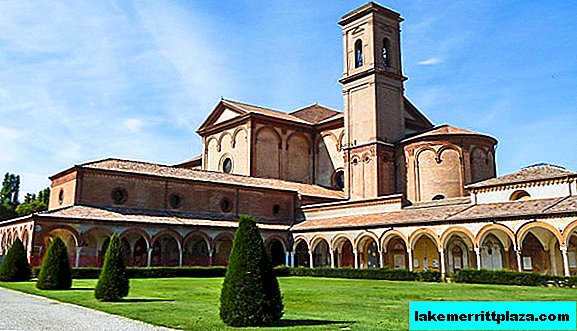
The monumental cemetery of Certosa in the city of Ferrara (Cimitero Monumentale della Certosa di Ferrara) is located directly inside the city walls and boasts the beautiful Church of San Cristoforo alla Certosa (Chiesa di San Cristoforo). The amazing complex was originally considered a Cartesian monastery, but after the monastery was closed during the capture of Italy by Napoleon, it was acquired by the city authorities and converted into a cemetery in 1813.
The monumental cemetery of Misericodia
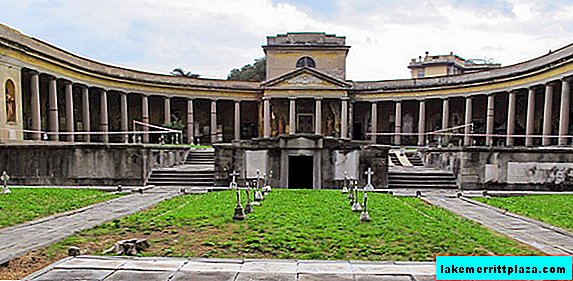
In Mericodia, a cemetery (Cimitero Monumentale della Misericordia) was built somewhere between 1855 and 1856 according to the design of Giovacchino Callai. On its territory are three chapels bearing the names of St. Joseph, St. Sebastian and St. Tobias with an open gallery. The chapel buildings later expanded and between 1906-1946, the architect Galileo Chini added a dome and a central arch to the cemetery. At a time when Florence was the capital of Italy (1865-1860), this burial place attracted the attention of the Florentine nobility, and then famous sculptors. Here you will find busts and tombstones of amazing beauty, as well as unusual tombs.
The monumental cemetery of Perugia
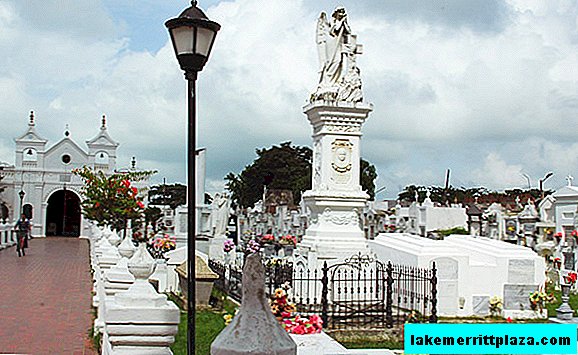
The monumental cemetery in Perugia (Cimitero Monumentale di Perugia) is located on Via Enrico dal Pozzo, near the Church of San Bevignate (Chiesa di San Bevignate). The decision to build it was made in 1849 by Archbishop Gioacchino Pecci, who later became Pope Leo XIII. Tombstones and tombs of representatives of the city government buried here are vivid examples of funerary art.
The monumental cemetery of Certosa in Bologna
Certosa Cemetery (Cimitero Monumentale della Certosa di Bologna) in Bologna was once a Carthusian monastery, founded in 1334 and closed in 1797 by order of Napoleon Bonaparte. In 1801, the former monastery was converted into a city monumental cemetery, which, incidentally, was written by Byron and other classics. The passion of the Bologna nobility and officials to create family crypts turned the cemetery into an open-air museum, which many tourists upon arrival in the city include in their list under the name "Must See." By the way, such visitors as Lord Byron, Charles Dickens and Stendhal once visited here.
Monumental cemetery in Caltagirone
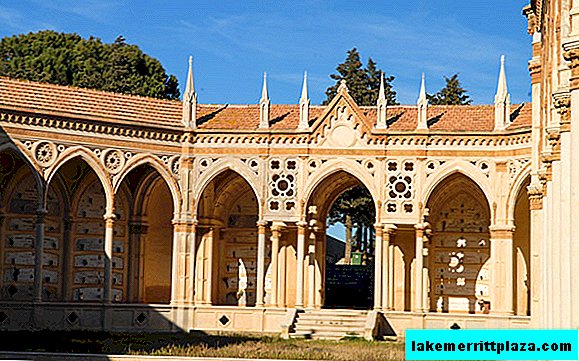
This cemetery, located in Sicily, was built in the Gothic style in the second half of the 1800s, and in 1931 was recognized as a national treasure. The monumental cemetery in Caltagirone (Cimitero Monumentale di Caltagirone) covers an area of 170 acres of land and is divided into as many as four streets. The architect of this place, Giovan Battista Nicastro, used rocks that are easy to find in Sicily: white stone, ceramics and volcanic materials. In the cemetery, you can see beautiful paintings, interesting sculptures, amazing frescoes, created by the architect Xavier Fragapane, who worked in the Art Nouveau style.
The monumental cemetery of Messina
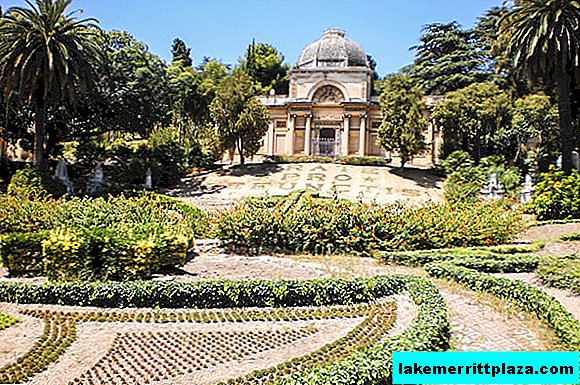
Cemetery in the city of Messina (Cimitero Monumentale di Messina) on the island of Sicily, which is an important and famous "open-air museum" in Italy. One cannot but notice the fact that it is considered the second most beautiful in the country after the Staglieno cemetery. In 1854, during a powerful outbreak of cholera, which unexpectedly struck Messina and other cities in Sicily, local authorities asked several architects to create a project for a new cemetery covering an area of 22 hectares of land. As a result of a peculiar tender, Leon Savoja won, who proposed to make a special park out of the cemetery, which to this day is considered an example of Art Nouveau style.
Monumental cemetery of Turin
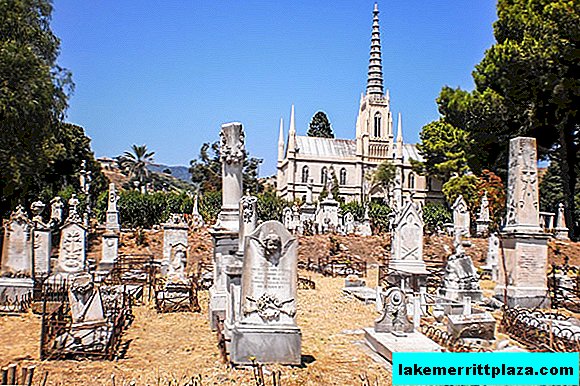
Turin's monumental cemetery (Cimitero Monumentale di Torino), formerly known as the Main Cemetery, is Turin's largest city cemetery. The old part of this territory starts from the main entrance to Corso Novara. The decision to build a cemetery was made in 1827. Having created it, the city authorities wanted to replace a small burial place, the old cemetery of St. Peter (Cimitero di San Pietro). As a result, Turin received its own open-air museum with many tombstones and slabs of amazing beauty.
San Michele Cemetery in Venice

Upon reaching Venice, Napoleon forbade the burial of the dead on land, so the bodies of the deceased were interred on the island of San Michele (Cimitero di San Michele). Today there are almost no empty seats left. A small number of local islanders can very rarely be disturbed by a surge of water from the oars of the funeral gondolas. Sometimes the Venetians visit their cemetery island, whose relatives and friends were once buried here. And not only the inhabitants of Venice, but also the citizens of other countries were interred on the island of San Michele. So, here are the graves of Igor Stravinsky, Sergei Diaghilev and Joseph Brodsky.

